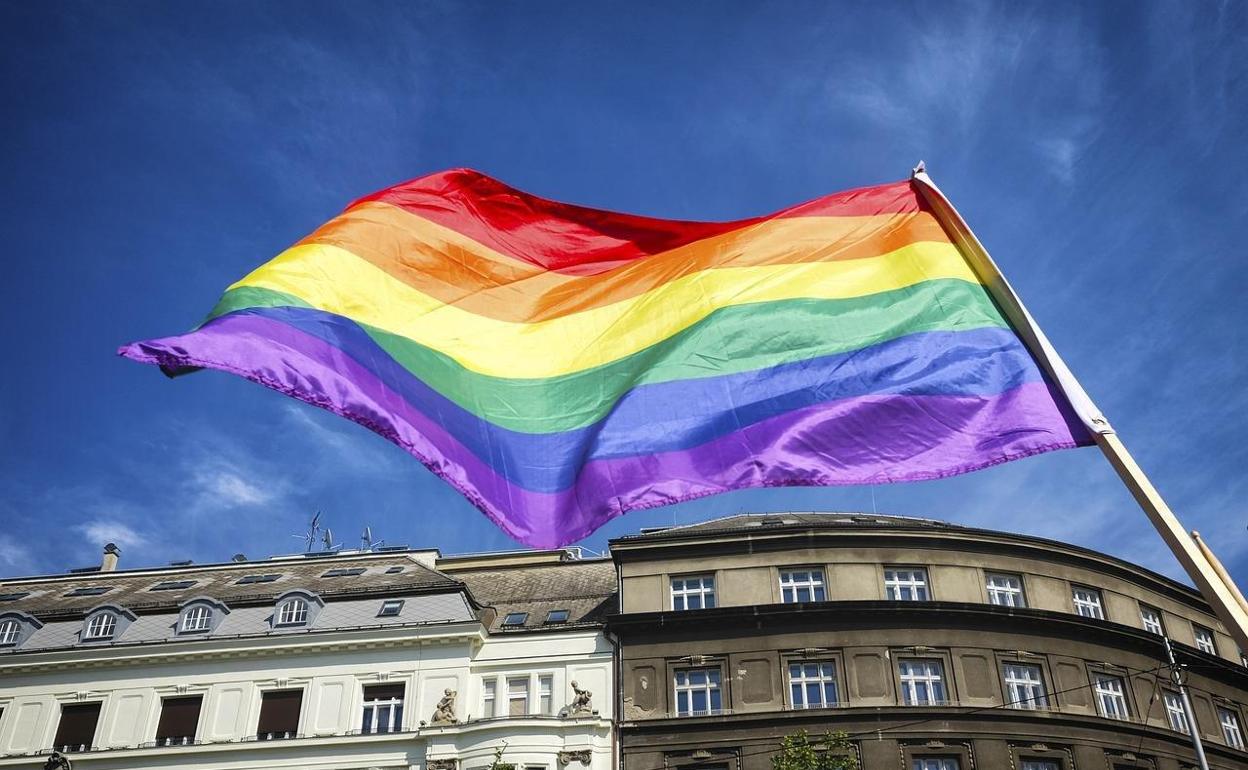Revolutionary June
THE BOTTOM LINE ·
The winds of change made their way to Spain in the mid-1970s, as homosexuality came out of hidingALEKK M. SAANDERS
Friday, 3 June 2022, 11:00
This week Torremolinos hosts its Orgullo (Pride) festival with a parade that will wind its way through the town's streets. It was 45 years ago that the first Gay Pride demonstration took place in Barcelona in 1977, when homosexuality came out of hiding in Spain to take to the streets.
The wind of change
The wind of change and generational changes arrived in the Western world in the late 60s and beginning of the 70s. It led to a shift from the old social values.
After the incidents of 28 June, 1969, in the New York Stonewall Riots, mass demonstrations occurred in many cities worldwide but not in Spain. The dictatorial Franco regime suppressed the news and attempted to prevent any spread of the movement to the country.
"Danger to society"
In the midst of the dictatorship, homosexuals in the 1970s were defined as a "danger to society" and until 1978, homosexuality was part of the Law on Social Danger and Rehabilitation. Homosexuals were considered to be anything from "mentally ill" persons to "possible criminals" and even "corrupters of minors". For the Church, all homosexuals were "sinners".
This was a time when the penal code could be applied to any homosexual because homosexuality was a matter of public scandal. The pressure from Franco's regime led to the inactivity of the Spanish Movement for Gay Liberation in Spain (MELH) - the first organisation to defend the rights of the LGBT community in Spain, created in 1970.
The Barcelona debut
The death of Franco brought hope to the activists. The promise of freedom in the country without the dictator was expected in many different directions. However, it was not until 1977 that a demonstration took place to demand the rights of gays and lesbians. In 1975, those who remained in MELH founded the FAGC (Front d'Alliberament Gai de Catalunya). This Catalan Front for the Gay Liberation was the actual leader of the Gay Movement during the Spanish Transition. After the call to the polls on 15 June 1977, the FAGC encouraged people to come out to the streets.
On 26 June, one of Barcelona's busiest streets, Las Ramblas, turned into Stonewall. That Sunday in June, the march brought together 4,000 people, not just gays, lesbians and transsexuals who had suffered repression, but also political activists, libertarians, trade unionists and supportive citizens.
It was still very dangerous to participate in the demonstration. According to the statistics, about 600 hundred people from the gay community were sent to jail between 1976 and 1977. That first gay demonstration in Barcelona was brutally broken up by the authorities. Though the police violently ended the demonstration, the voice of the oppressed was heard and the gay community was seen gathering together.
The efficient consequences
The following year the Spanish government decided to forbid gay pride demonstrations in Barcelona but the FAGC organised a sit-in in Sant Miquel's Church as an act of protest. However, the same year, demonstrations were authorised in Madrid and since then, Madrid Pride has been celebrated annually. Incidentally, Bilbao and Seville also held demonstrations in 1978. The protests in the streets were efficient, and in January 1979, some articles of the Law on Social Danger and Rehabilitation were removed, including those related to "homosexual behaviours". Later, in 1979, the FAGC called a demonstration demanding the legalisation of gay organisations, which was finally achieved in 1980.
